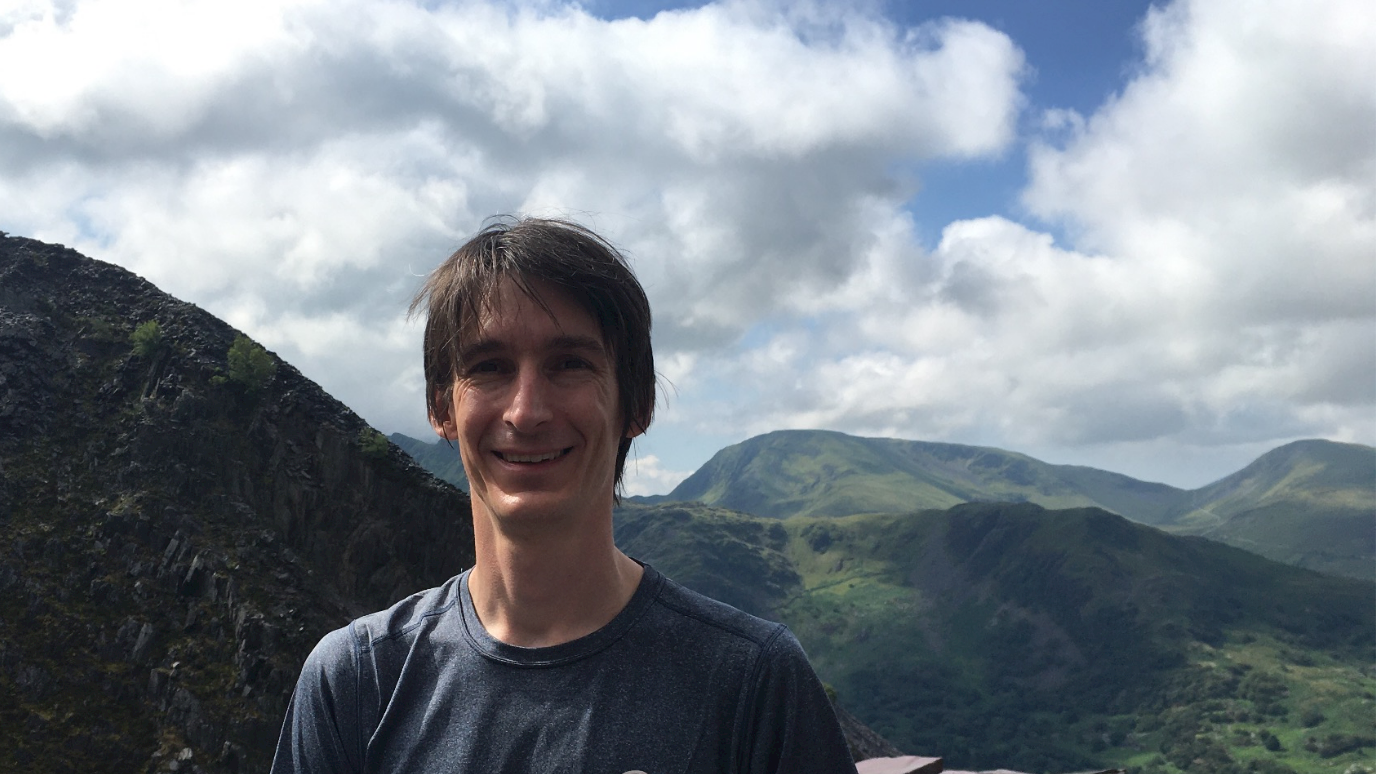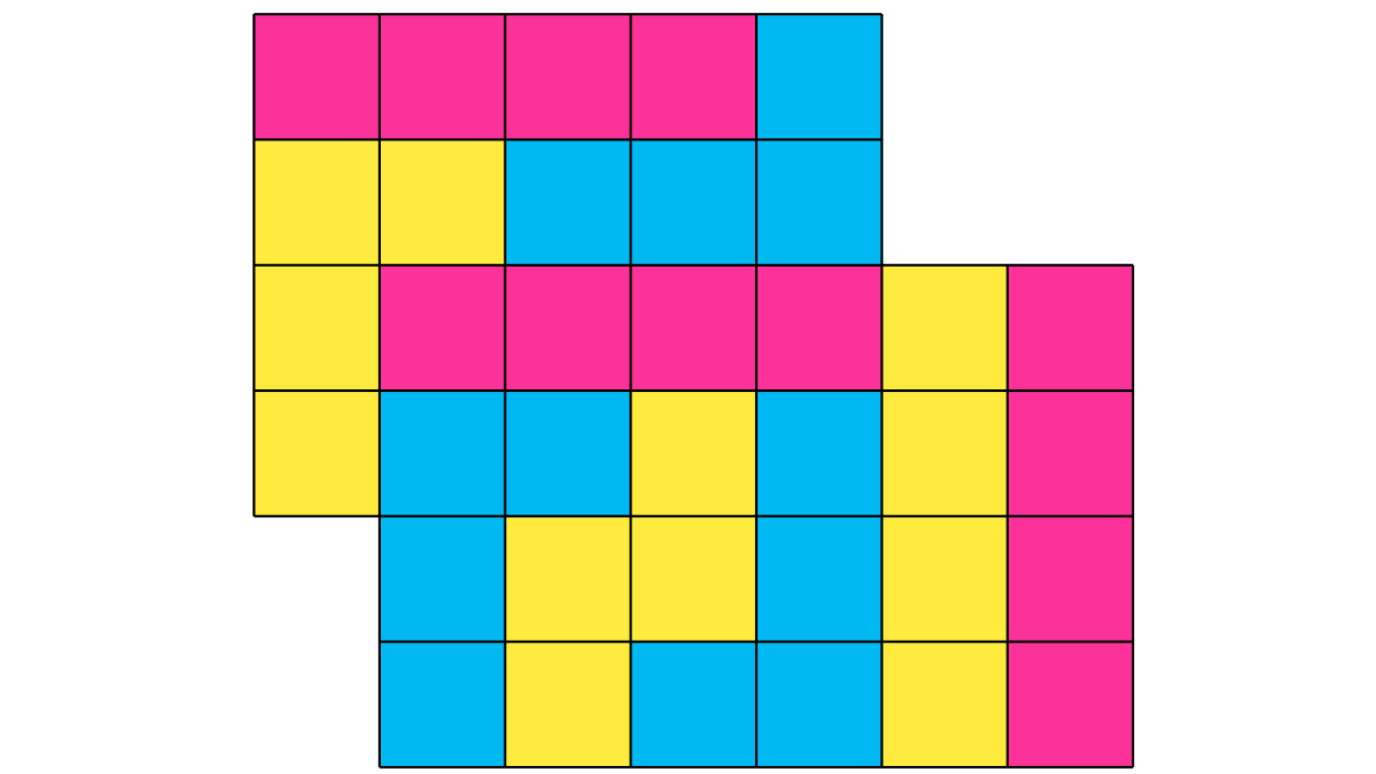Iain Moffatt has been awarded a research grant from the Engineering and Physical Sciences Research Council (EPSRC) for his research programme entitled “The critical group of a topological graph: an approach through delta-matroid theory”.

Professor Moffat
Iain Moffat's research interests are in the areas of topological and algebraic graph theory, and matroid theory. (One can find a nice introduction to his general area on page 29 of this LMS newsletter.) In this project he will use algebraic structures called “Critical Groups” to uncover novel connections between algebraic combinatorics and topological graph theory.
The Sandpile Model is a widely studied model in physics and used in economics to model the consequences for a network of banks when one of them defaults. It has a simple intuitive description as follows. Suppose we pile up grains of sand on a number of sites. At some point one pile becomes too large to stay upright, it topples, an avalanche occurs and sand gets transferred to adjacent sites. What happens next? Is the amount of sand transferred to the adjacent sites enough to make them topple? For how long does the process continue until all the sites become stable again and what configuration of grains of sand do we end up with? What are the systems and patterns underlying this situation?
Now suppose we have a network (comprising, for example, computer servers or wind farms connected by cables). How many cables must fail before the network becomes disconnected? If each cable has a certain probability of failure, what is the probability that the network becomes disconnected? What are the systems and patterns underlying this situation?
It turns out that the patterns underlying these two situations and many others are closely related to algebraic structures called 'Critical Groups'. Networks are modelled in mathematics by objects called 'graphs'. Each graph has a Critical Group associated with it. Critical Groups arise in many different ways and in many different applications of graphs in mathematics and physics; for example, through Chip-Firing or the Sandpile Model, Flow and Cut Spaces, counting spanning trees and even mathematical models of car parking.
In the situations we have described so far there is no geometry: all that matters is adjacency and which sites receive extra sand when another topples and which pairs of computers are linked by a cable. The way that the networks look is not important for the models we have described.
However, in many settings a graph comes equipped with geometric structure provided by an embedding of it in a surface (for example, a network may come drawn on a torus), and the geometric structure as well as the adjacencies determine the key properties of the graph. Examples include graphs that model the actions of enzymes or certain forms of DNA strands.
Some recent work has hinted at the possibility that there are deep links between the geometric structure of graphs and Critical Groups. When one moves away from graphs that can be drawn on a plane, some of the fundamental objects associated with the graph change profoundly: specifically one studies spanning quasi-trees rather than spanning trees. So far, the study of Critical Groups for graphs embedded on surfaces has not taken into account these changed fundamental structures. We aim to explore this space, realising the full potential of the geometric structure by developing a theory of the Critical Group that takes into account the embedding.























